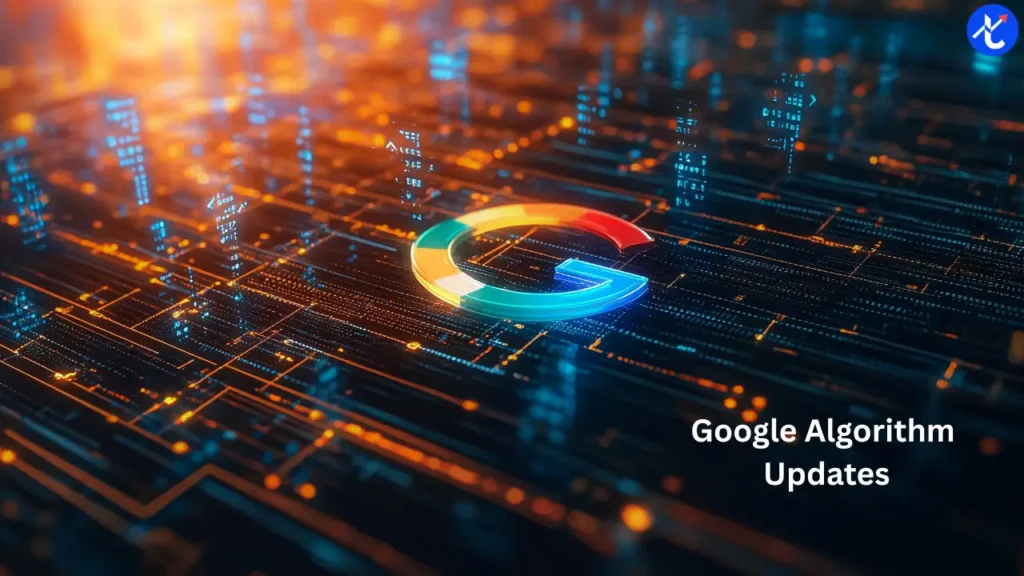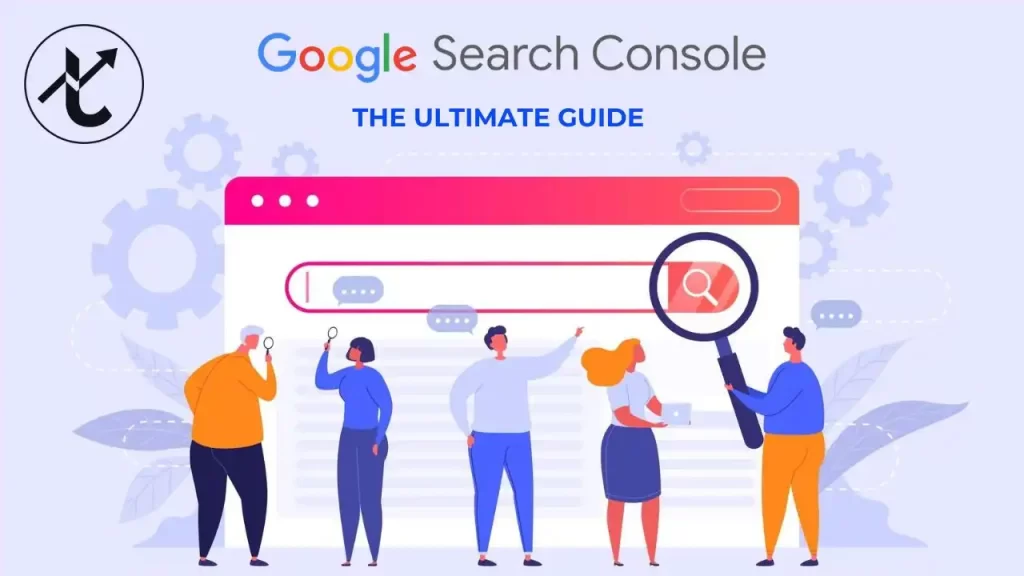Throughout the long time, Google Algorithm updates have constantly reshaped the scene of website improvement (seo). Each update intends to similarly enhance search precision, reduce junk mail, and improve patron experience. As we flow into 2025, understanding the set of reports and effects of those Google Algorithm updates is vital for groups and the Digital Marketing Academy, endeavoring to keep up with visibility on the web.
This article investigates the main Google Algorithm updates, their consequences for Search engine optimization processes, and the well-known approaches for adjusting to those updates.
Before the ascent of contemporary Google Algorithm updates, seek rankings had been basically lowered with catchphrase stuffing and link building. Nonetheless, as internet search tool innovation superior, Google introduced key updates to refine its positioning fashions. For anyone starting fresh, following an SEO checklist for beginners has now become essential to adapt to these changes and achieve better rankings.
The Golden Era: From the Pre-2000s to the Mid-2010s
Florida Update (2003): One of the primary full-size Google Algorithm updates, this particular malicious internet optimization techniques and restrained site owners to take on ethical improvement practices.
Panda Update (2011): Focused on content excellence, penalizing websites with reproduction, thin, or low-quality content. The Panda Update assigned an “exceptional score” to internet pages, affecting rankings considerably. It targeted content material farms, websites with excessive ads, and people with terrible personal enjoyment. The effect becomes profound, requiring website owners to prioritize properly researched, authentic, and user-friendly content.
Penguin Update (2012): Pointed closer to lessening the impact of manipulative outside link establishment rehearses and empowering regular inbound link profiles.
These Google Algorithm updates set the stage for destiny refinements, pushing website admins to recognize good content and moral SEO techniques.
The Era of Mobility and AI Innovation (2013–2020)
As adaptable use and guy-made wondering procured obvious best, Google calculation refreshes ended up being more difficult:
1. Hummingbird (2013)
The Hummingbird became one of Google’s maximum significant algorithm updates through then. It denoted a change in how Google comprehended search questions. Preceding Hummingbird, Google depended intensely on coordinating search conditions with keywords on pages. Nonetheless, this approach had its constraints, in particular when clients used normal language in their questions.
With Hummingbird, Google zeroed in on favoring the significance behind the pursuit question in place of simply matching person keywords. This implied that Google commenced to decipher settings and plans, permitting it to deliver greater important outcomes in any case, for complex, conversational, or long-tail seems.
For example:
A purchaser seeking out “first-rate cafés in New York City for veggie lover meals” would come up with the aid of progressed results when you consider that Hummingbird can figure out the plan behind the query (trying to find vegan picks) and cycle the whole inquiry instead of zeroing in on each man or woman phrase.
Hummingbird, moreover, laid the foundation for later updates (like RankBrain and BERT) that might work on Google’s ability to deal with a great deal greater nuanced, regular language inquiries.
Also Read:- September 2025 SEO Updates: Key SEO Changes You Need to Know
2. RankBrain (2015)
RankBrain was provided as a feature of Google’s Algorithm updates in 2015, denoting when Google first utilized automated reasoning (machine intelligence) to deal with query objects. In unique, RankBrain is an AI framework that assists Google with coping with search questions, especially those that can be unusual or uncertain.
Before RankBrain, Google might make use of pre-characterized examples and positioning signs to bring results. Nonetheless, with RankBrain, the framework may want to now research and adapt over the long haul. This progressed its knowledge inquiries that it had never experienced. For example, while clients input exciting or complicated pursuit questions, RankBrain could decipher the phrases and their connections greater successfully than conventional strategies.
3. BERT (2019)
BERT (Bidirectional Encoder Representations from Transformers) was developed by Google in 2019 and addresses a giant leap forward in natural language processing (NLP) for web search gear. Dissimilar to RankBrain, which zeroed in basically on deciphering patron purpose similar to query words, BERT works by considering the context of each phrase in a search query, mainly relational phrases (like “for,” “to,” “from,” and so on).
BERT is a profound gaining knowledge of model that assists Google with context-oriented expertise connections among phrases in a way that has become unthinkable. It approaches phrases in a way that considers the surrounding words, so it comprehends the overall placement of an inquiry.
These Google Algorithm updates denoted a shift closer to customer-targeted and PC-based, intelligence-driven question items, encouraging website proprietors to optimize for versatile comfort and seek reason.
User Experience Revolution: Core Web Vitals Era (2021–2024)
Google’s emphasis on purchaser experience turned out to be substantially more articulated with Google Algorithm updates that focused on presentation, safety, and content validity:
Core Web Vitals (2021): Estimated web page pace, intelligence, and visual strength to ensure a consistent customer enjoy.
Spam Updates (2022-2023): Fortified Google’s ability to recognize and punish nasty works, inclusive of shrouding, connection manipulation, and simulated intelligence, created awful high-quality content.
Helpful Content Update (2022-2024): Compensated sites that gave actually treasured and human-first content whilst punishing deceptive content material and catchphrase-crammed articles.
EEAT Support (2023): Expanded the Ability, Experience, Authority, and Dependability (EEAT) system, waiting for agencies to reveal the eligibility of their separate agencies.
These Google algorithms highlighted the significance of purchaser-driven content, specialized Search Engine Optimization, and bona fide website online validity.
The Impact of Google Algorithm Updates on SEO in 2025
In 2025, Google Algorithm updates continue to grow with current artificial intelligence fashions, non-stop ordering, and hyper-custom question items. The contemporary updates have enormous implications for search engine optimization:
1. AI-Driven Search Optimization
With the advent of generative AI SEO in seek algorithms, Google Algorithm updates now emphasize content that provides solutions to user queries with high relevance. Businesses need to:
Use AI-generated content wisely, making sure to have human oversight for accuracy and originality.
Leverage established statistics to assist Google in better recognizing content context.
2. Real-Time Indexing and SERP Volatility
Search effects now update nearly instantly due to superior crawling mechanisms. To preserve rankings:
Frequent content material audits are critical to keep records sparkling and relevant.
Website pace and the Technical SEO audit checklist need to be optimized constantly.
3. Voice Search and Conversational Search Engine Optimization
With the upward push of clever assistants, Google Algorithm prioritizes conversational and voice-search-friendly content:
Implement herbal language and question-primarily based key phrases.
Focus on nearby search engine optimization strategies, as many voice searches have a nearby reason.
4. Enhanced EEAT Signals and Content Authenticity
Google Algorithm places a stronger emphasis on EEAT principles, which means:
Author bylines, citations, and professional critiques matter more than ever.
Sites with a history of consideration and credibility outperform universal, low-authority assets.
5. Multimodal Search Integration
With Google Lens and multimodal seek enhancements, search engine marketing techniques now require:
Image and video optimization alongside text content.
Use of alt texts, captions, and metadata to enhance visibility in visual searches.
Best Practices to Adapt to Google Algorithm Updates in 2025
Navigating the Google Algorithm calls for adaptability and strategic search engine marketing procedures. Here’s how companies can stay ahead:
1. Prioritize High-Quality, People-First Content
Google rewards content that satisfies user motives and presents value. To optimize:
Write in-depth, authoritative articles backed by research and expert insights.
Avoid excessive AI-generated content without human verification.
2. Optimize for AI and Semantic Search
To align with the evolving Google Algorithm :
Use dependent data (Schema Markup) for higher indexing.
Implement long-tail keywords that align with conversational queries.
3. Improve Website Performance and Core Web Vitals
Since website pace and value play a crucial role in scores:
Minimize web page load instances with green coding and caching.
Ensure cellular responsiveness and easy navigation.
4. Strengthen Link-Building Strategies Ethically
Google penalizes spammy backlinks, so pay attention to:
Earning hyperlinks from authoritative and applicable websites.
Avoiding hyperlink schemes and paid backlinks.
5. Adapt to Multimodal and Local Search Trends
Since prioritizing diverse search codecs:
Optimize for image and video search using proper tagging.
Upgrade Google My Business profiles for neighborhood Search engine optimization benefits.
Conclusion
As Google continues refining its pursuit calculations, it remains refreshed with the latest pivotal information for website optimization success. By zeroing in on high-quality content, guy-made intelligence-driven advancements, consumer enjoyment, and ethical website design enhancement rehearses, organizations can maintain up areas of strength with rankings in 2025 after which some.
Understanding and adjusting to analyze Google Algorithm updates guarantees online perceivability as well as assists agencies with constructing a reliable and valid web presence in an always impactful, automatic global environment.




